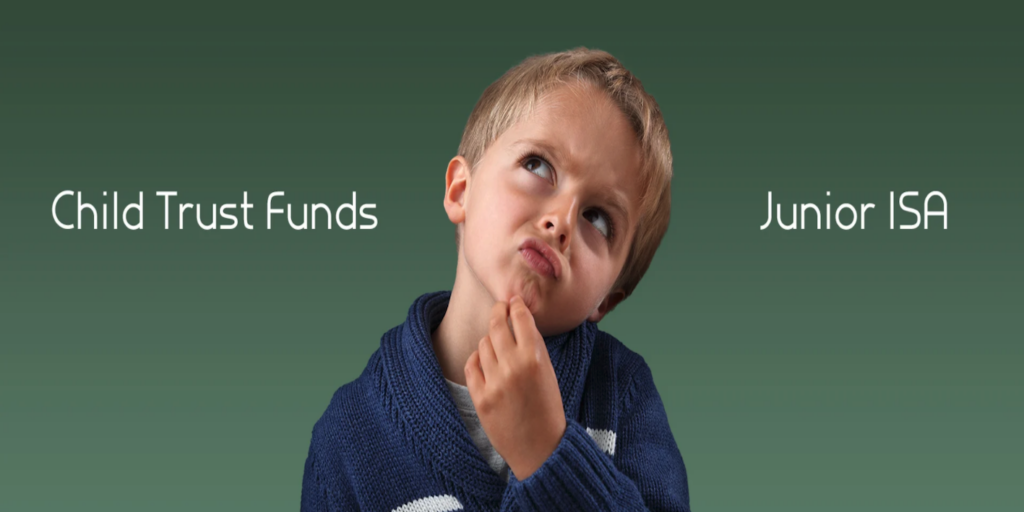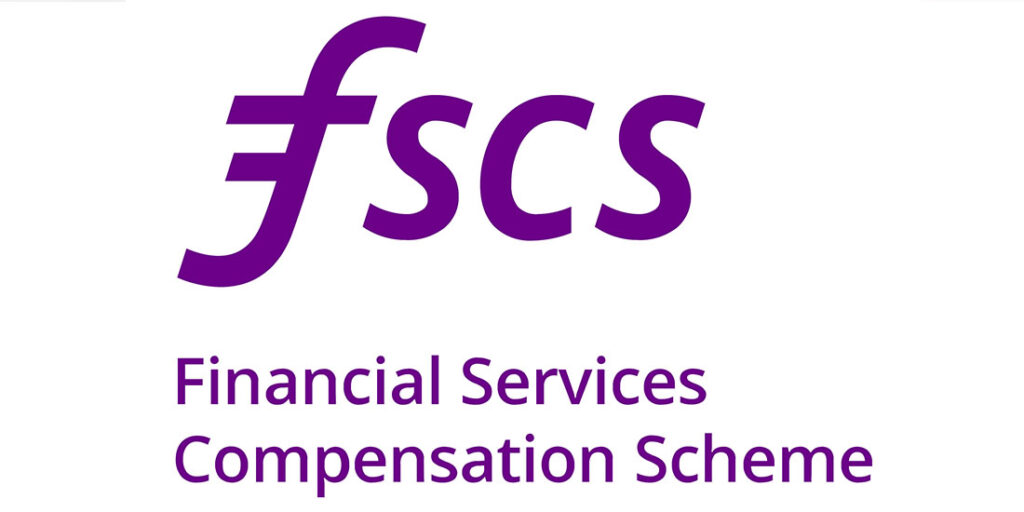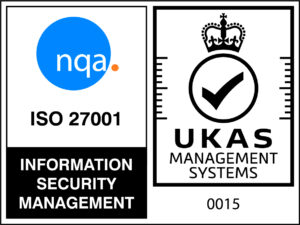
What is better, Child Trust Fund or Junior ISA?
Child trust fund (CTF) is a tax-free savings product for children. These funds were available for children born between September 2002 to January 2011. However, now these funds have been closed.
All the below is subject to relevant legislation. This is for information only. Please always seek professional advice before acting. The tax depends on individual circumstances and may change in future. The value of your investment can go up or down and you may get less than invested.
What is a Child Trust Fund?
Child Trust Funds (CTF) were introduced in April 2005, designed to provide children with a financial boost when they reach 18 years of age. Also, the UK government contributed £250 and £500 to boost every fund. The CTF offered three options:
- Stakeholder CTF: this type of child trust fund puts the savings you make for your child into stock market investments. The rules meant that the charges were capped at 1.5% per year, and the money had to be invested in a variety of investments.
- Cash CTF: these child trust funds are quite similar to a cash ISA. With these accounts, you earn tax-free interest.
- Share-based CTF: these child trust funds allowed account holders to either choose an investment fund to put the savings onto the stock market or choose their investments.
How does a Child Trust Fund work?
The UK government sent vouchers to the parents for the funds as opening payment, with more contribution for children who belonged to low-income families. Once the child trust fund was opened, the parents or guardians could make additional payments of up to £4,260 every year. However, if they don’t pay the full £4,260, the remaining allowance cannot be rolled over to the next year.
Parents can also make deposits into stakeholder accounts through direct debit, cheque or standing order. Share and savings providers may vary, so parents have to check the kind of payment their providers accept. Once the child holding CTF turns 16, they can manage the funds themselves. However, they can’t withdraw the money until they turned 18. If the child becomes terminally ill before they turn 18, they can withdraw money out of their CTF account. In case of the child’s death, the funds will be passed on to the person who inherits the rest of their possessions and property.
How can a 16-year-old child manage their CTF?
When a child turns 16, they can manage their child trust fund. In order to do this, they can contact their CTF provider. Then, they can decide where the money is invested, change investment type, pick a different investment structure or switch providers. If a child does not wish to manage their CTF, then they can leave their parents or grandparents in charge till they turn 18, when they become eligible to withdraw it.
Why the government closed Child Trust Funds?
The child trust funds were discontinued in 2011 January and were replaced by the Junior ISA. By this time, the interest rate on child trust funds had fallen, while the charges for investments were high compared to Junior ISA charges.
The UK government does not pay any contributions for the Junior ISA. This means that the child only gets the money their parents’ deposit for them. However, in April 2015, the government of the UK made it possible for CTF holders to switch to flexible junior ISAs.
Should you switch from Child Trust Funds to Junior ISA?
There are a lot of reasons for you to make the switch:
- Junior ISAs offer higher interest rates.
- There are several Junior ISA providers in the market.
- Junior ISAs fees are lower. You may only have to pay an annual fee of between 0.5% and 1% compared to 1.5% with share-based CTFs.
- Most child trust funds do not allow new investments, while Junior stocks & shares ISAs offer a wide range of investments.
It is important to know that while you have Child Trust Funds, you will not be able to pay into a Junior ISA at the same time. So, if you want to subscribe to Junior ISA deals, you must transfer the child trust funds within 60 days of opening a Junior ISA.
How to transfer CTF into a Junior ISA?
Before you transfer to a Junior ISA, make sure you check your Child Trust Funds value, especially if it’s share-based. Also, it is good to check if the CTF has any exit fees or guarantees which might be lost if you transfer from the CTF.
After you have completed the check, you need to find a Junior ISA provider that fits your needs. Once you have the right Junior ISA for your child’s savings, you will have to complete the transfer form, which will require your child’s information and details about their Child Trust Funds if you are opening a stocks & shares ISA. You will have to specify where you want to invest the money.
Once you have submitted the form to the provider, they will complete the transfer for you. Typically, the transfer takes up to 30 days, and your CTF will then be closed.
How to find out if you have a Child Trust Fund?
If you are unsure about having a CTF, the HMRC has a dedicated service to know where a CTF is held. You will have to provide some personal information to track down your Child Trust Fund. But, first, you will need to set up a government gateway account.
Once you know where your CTF is, you will have to contact the provider, and if you are over 16 years old, you can get control over your account. It has been estimated that more than one million Child Trust Funds are ‘lost’ to their owners. This happens because most CTFs were opened by the HMRC either because the child’s parents didn’t do it or when families were getting child tax credit.
All the above is Subject to relevant legislation. This is for information only. Please always seek professional advice before acting. The tax depends on individual circumstances and may change in future. The value of your investment can go up or down and you may get less than invested.
*Capital is at risk and Kuflink is not protected by the FSCS. Past returns should not be used as a guide to future performance. Securing investments against UK property does not guarantee that your investments will be repaid and returns may be delayed. Tax rules apply to IFISAs and SIPPs and may be subject to change. Kuflink does not offer any financial or tax advice in relation to the investment opportunities that it promotes.













